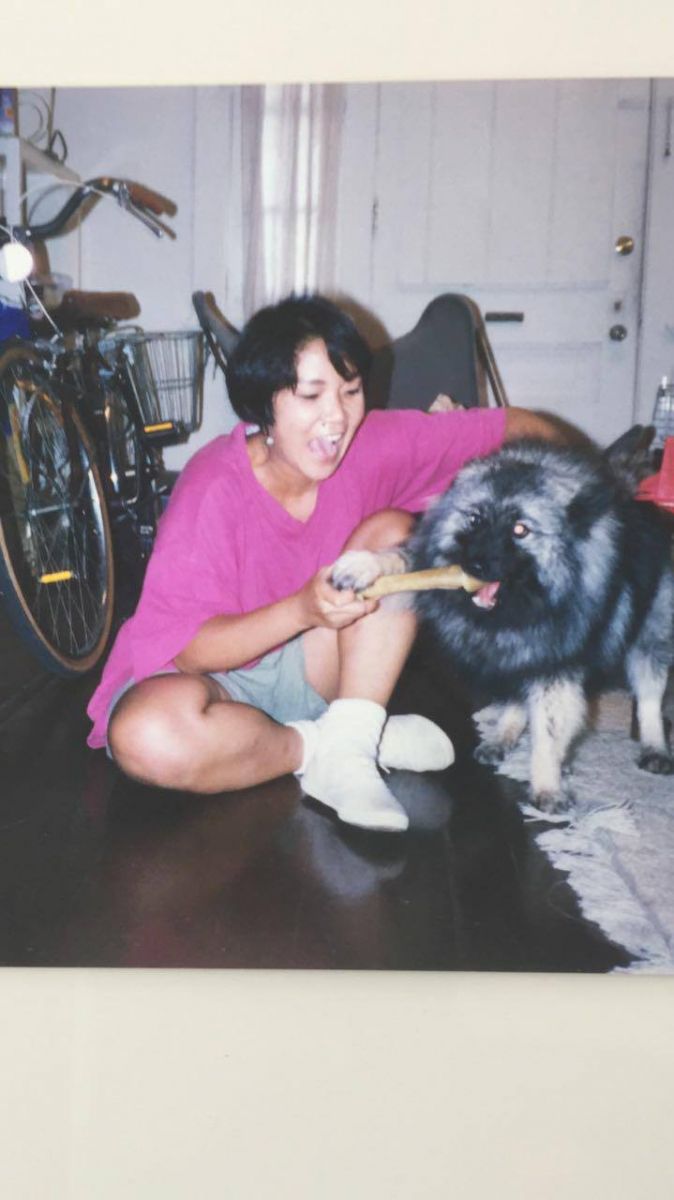When I first moved back to America to attend college, I would call my family every week. Between Skype, Facebook and Snapchat, it often didn’t feel like I was missing that much, despite the thousands of miles between us.
I still knew who my little sister had a crush on and who had one on her, I knew what complaints my mother had about the heat and got updated on my dad’s stories from work. I only felt homesick a handful of times freshman year, because technology made it feel as though I was never that far away from home.
Yet, even with this ability to call people who lived halfway around the world, despite this incredible human achievement, there were still times where I felt lonely. Coming home after a long day or a really hard midterm, sometimes all I wanted was my mom’s cooking instead of the usual FFC fare. Unfortunately, as far as technology has come, it still is unable to deliver my mom’s steaming osekihan or eggplant stir-fry to my door.
In these periods of homesickness, I always wondered how people before me could move so far away from home, how my ancestors did it, or even my mom.
Of course, the invention of the telephone predated my mother’s expeditions abroad, but thinking back even to my childhood of spotty phone calls with my grandparents, I can’t help imagining how lonely it must have been.
My mother, born and raised in one of the most homogenous countries on the earth, Japan, decided to move abroad in her 30s as part of a study abroad program. After meeting and marrying my father (an act which I am forever grateful for), she ended up living in the U.S. for almost a decade.
It’s a feat I can’t fully comprehend. She moved to a new country halfway across the world, immersing herself in a language she knew she wasn’t fluent in. It’s a level of adventure that I’ve never associated with the woman who used to lecture me for not wearing mittens in the winter time.

To complicate things further, international calls were not always quite as barely adequate as they are now. As a child, my family and I would call my grandparents once or twice a year, passing the phone around to mutter Happy New Year or Merry Christmas at formless beings who none but my parents could put a face to. And even these calls done on landlines sounded grainy, giving me unrealistic expectations for the smokiness of my grandmother’s voice. I would be proven wrong years later, after meeting her for the first time out of infancy.
Not to mention, these calls were expensive, which meant my mother only got a couple of hours a few times a year to hear about her parents, her sisters and her nieces. I remember every year, after the children had all said their greetings, my mother would wander off with the receiver clutched to her ear, laughing and talking as fast as she could.
Of course, there was email, but my grandparents only had one very slow computer. More commonly, we would receive letters, filled with characters I couldn’t understand.
Looking back, I don’t know how she managed.

Sometimes it’s easy to take for granted the access and privilege we have simply because we were born in the age of the internet. It’s hard to imagine my grandparents relying solely on books to do homework. Of course, with our greater privilege comes greater expectations from professors. However, leaving home has always been and continues to be hard.
Without friend or family, my mother came to America and started a family. She’s sent all three of her children to college on two different coasts and three different cities. She made us into a global family, all without Skype or Facebook to give her access to free international calls.
Thankfully I do have that access. So though there are 8539 miles between us, I still get to call my mom tonight.

















